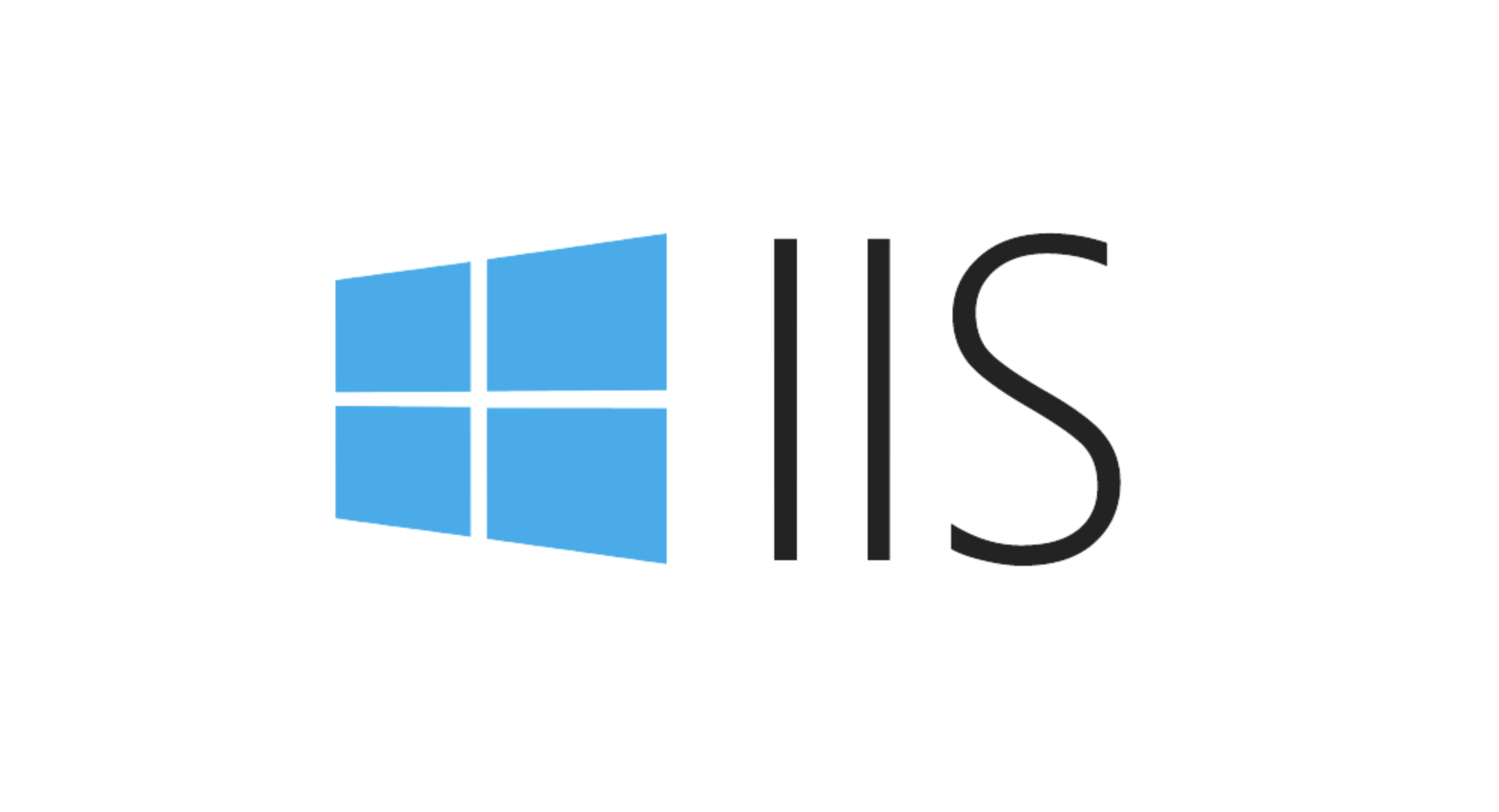The reasons and solutions for recording IIS logs to two different folders are as follows: 1. Multiple sites or applications have individual log paths configured, which can be set uniformly in the IIS manager; 2. The paths are inconsistent due to application pool identity permissions or shared configurations, and the paths need to be standardized and the permissions are checked; 3. Custom log paths in code or web.config, and the log settings in the configuration file and code are checked. Verifying the above configuration can solve the problem of log dispersion.

If you're seeing IIS (Internet Information Services) logging to two different folders, it's not a bug — it's usually due to how IIS is configured. This behavior often catches admins off guard, especially when troubleshooting or setting up log collection systems. Here's why it might be happening and what you can do about it.

Multiple Sites or Applications in IIS
One of the most common reasons IIS logs go to different folders is that you're running multiple websites or applications under the same server. Each site or application in IIS can have its own logging path configured independently.
- For example, if you have a main site (
Default Web Site) and an API hosted under a separate application (/api), each can be configured to write logs to different folders. - You can check this by opening IIS Manager, selecting each site or app, and looking at the Logging feature.
To fix or standardize this:

- Go to each site/application in IIS Manager
- Double-click "Logging"
- Set the same directory path under "Log file name" if you want logs in one place
- Make sure the application pool identity has write access to that folder
Application Pools and Shared Configurations
Another possible cause is the use of shared configurations or multiple application pools . If you're using shared configuration (like in a web farm), or if multiple application pools are involved, the logging paths might not be consistent unless explicitly configured.
- Application pools can affect how and where logs are written, especially if the identity running the pool doesn't have permissions to the desired log folder.
- Also, if you're using a shared configuration across multiple servers, each server might be writing logs locally to its own folder.
To avoid confusion:

- Standardize the logging path across all servers/sites
- Use UNC paths if centralized logging is the goal
- Check permissions on the log folder for the application pool identity
Custom Logging Paths in Web.config or Code
Sometimes the reason is not visible in IIS Manager at all — it might be set programmatically or through configuration files like web.config .
- If your application uses custom HTTP modules or middleware (eg, in ASP.NET Core), logging behavior can be overridden in code.
- Also, some third-party modules or frameworks might change the logging destination dynamically.
To investigate:
- Look for any logging-related configuration in
web.config - Search for references to
logFileorloggingin code or configuration files - If using ASP.NET Core, check
Program.csorStartup.csfor logging setup
In short, IIS logs going to two different folders usually come down to how sites, applications, or configurations are set up. Once you look at each site's logging settings and check for custom or programmatic overrides, you'll usually find the cause.
The above is the detailed content of Why is IIS logging to two different folders?. For more information, please follow other related articles on the PHP Chinese website!

Hot AI Tools

Undress AI Tool
Undress images for free

Undresser.AI Undress
AI-powered app for creating realistic nude photos

AI Clothes Remover
Online AI tool for removing clothes from photos.

Clothoff.io
AI clothes remover

Video Face Swap
Swap faces in any video effortlessly with our completely free AI face swap tool!

Hot Article

Hot Tools

Notepad++7.3.1
Easy-to-use and free code editor

SublimeText3 Chinese version
Chinese version, very easy to use

Zend Studio 13.0.1
Powerful PHP integrated development environment

Dreamweaver CS6
Visual web development tools

SublimeText3 Mac version
God-level code editing software (SublimeText3)

Hot Topics
 Configuring Request Limits and Connection Timeouts in IIS
Jul 08, 2025 am 12:36 AM
Configuring Request Limits and Connection Timeouts in IIS
Jul 08, 2025 am 12:36 AM
To limit the size of client requests, the maxAllowedContentLength parameter can be modified in web.config, such as setting it to 104857600 (100MB), and synchronizing the maxRequestLength of ASP.NET at the same time; to reasonably set the connection timeout time, it can be modified through the IIS manager or appcmd.exe command, with the default of 120 seconds, and the API scenario is recommended to set it to 30-90 seconds; if the request queue is full, you can increase MaxClientConn and QueueLength, optimize application performance, and enable load balancing to relieve stress.
 Diagnosing High CPU Usage Issues Within IIS Worker Processes
Jul 04, 2025 am 01:04 AM
Diagnosing High CPU Usage Issues Within IIS Worker Processes
Jul 04, 2025 am 01:04 AM
HighCPUusageinIISworkerprocessesistypicallycausedbyinefficientcode,poorconfiguration,orunexpectedtrafficpatterns.Todiagnosetheissue,firstidentifythespecificw3wp.exeprocessusinghighCPUviaTaskManagerorResourceMonitoranddetermineitsassociatedapplication
 Configuring HTTP Response Headers for Caching and Security in IIS
Jul 07, 2025 am 12:23 AM
Configuring HTTP Response Headers for Caching and Security in IIS
Jul 07, 2025 am 12:23 AM
Configuring HTTP response headers in IIS to optimize cache and improve security can be achieved by setting cache-related headers and adding security response headers. 1. Set cache-related headers: By configuring the clientCache element in the web.config file, set the Cache-Control and Expires headers for static resources, for example, use cacheControlMaxAge to specify the cache time, and fine-grained control can also be performed for specific file types (such as .jpg), but avoid HTML page caching for too long. 2. Add security-related headers: Configure X-Content-Type-Optio through customHeaders in web.config
 Configuring Dynamic Compression for Appropriate Content Types in IIS
Jul 04, 2025 am 12:55 AM
Configuring Dynamic Compression for Appropriate Content Types in IIS
Jul 04, 2025 am 12:55 AM
When configuring dynamic compression in IIS, selecting content types reasonably can improve performance. First enable the dynamic compression module, install and configure web.config or IIS manager through the server manager. Secondly, set appropriate content types, such as HTML, CSS, JavaScript, and JSON, text content is suitable for compression, while pictures and videos are not suitable. Finally, pay attention to the impact of client compatibility and performance, monitor CPU load, client support status and small file compression effects, and adjust the configuration based on actual traffic to obtain the best benefits.
 Configuring Directory Browsing Permissions and Behavior in IIS
Jul 10, 2025 pm 02:08 PM
Configuring Directory Browsing Permissions and Behavior in IIS
Jul 10, 2025 pm 02:08 PM
ToenableandcustomizedirectorybrowsinginIIS,firstinstallandenabletheDirectoryBrowsingfeatureviaServerManagerandIISManager;next,customizetheappearanceusingheaderandfooterHTMLsnippets;thenconfiguredefaultdocumentstopreventunintendeddirectorylistings;fin
 Understanding the Difference Between IIS Virtual Directories and Applications
Jul 06, 2025 am 12:58 AM
Understanding the Difference Between IIS Virtual Directories and Applications
Jul 06, 2025 am 12:58 AM
VirtualdirectoriesandapplicationsinIISdifferinindependenceandconfiguration.1.Virtualdirectoriesactasaliasestoexternalcontent,sharingtheparentsite’sapplicationpoolandconfiguration,idealfororganizingstaticfileswithoutduplication.2.Applicationsrunindepe
 Configuring Shared Configuration for Multiple IIS Servers in a Web Farm
Jul 11, 2025 am 01:50 AM
Configuring Shared Configuration for Multiple IIS Servers in a Web Farm
Jul 11, 2025 am 01:50 AM
SharedconfigurationinIISallowsmultipleserverstouseacentralizedapplicationHost.configfile,ensuringconsistencyacrossawebfarm.1.Itenablesallserverstopointtoasharedconfigurationlocation.2.SetupinvolvesusingaUNCpath,enablingthefeatureinIISManager,andimpor
 Securing IIS Against Common Web Vulnerabilities
Jul 05, 2025 am 12:17 AM
Securing IIS Against Common Web Vulnerabilities
Jul 05, 2025 am 12:17 AM
Strengthening IIS security requires five steps: 1. Disable unnecessary functions and services, such as WebDAV, FTP, etc.; 2. Close the default website and test pages, delete or prohibit access to useless script directories; 3. Configure request filtering rules to prevent illegal extensions, directory traversal and super long URLs, and use URLs to rewrite and hide the real path; 4. Enable HTTPS and force jumps, and set security response headers such as HSTS, X-Content-Type-Options; 5. Regularly update system patches, enable logging and use tools to analyze abnormal access behavior. Through these measures, we can effectively prevent common attack methods such as SQL injection, XSS, directory traversal, and improve the overall security of the server.






